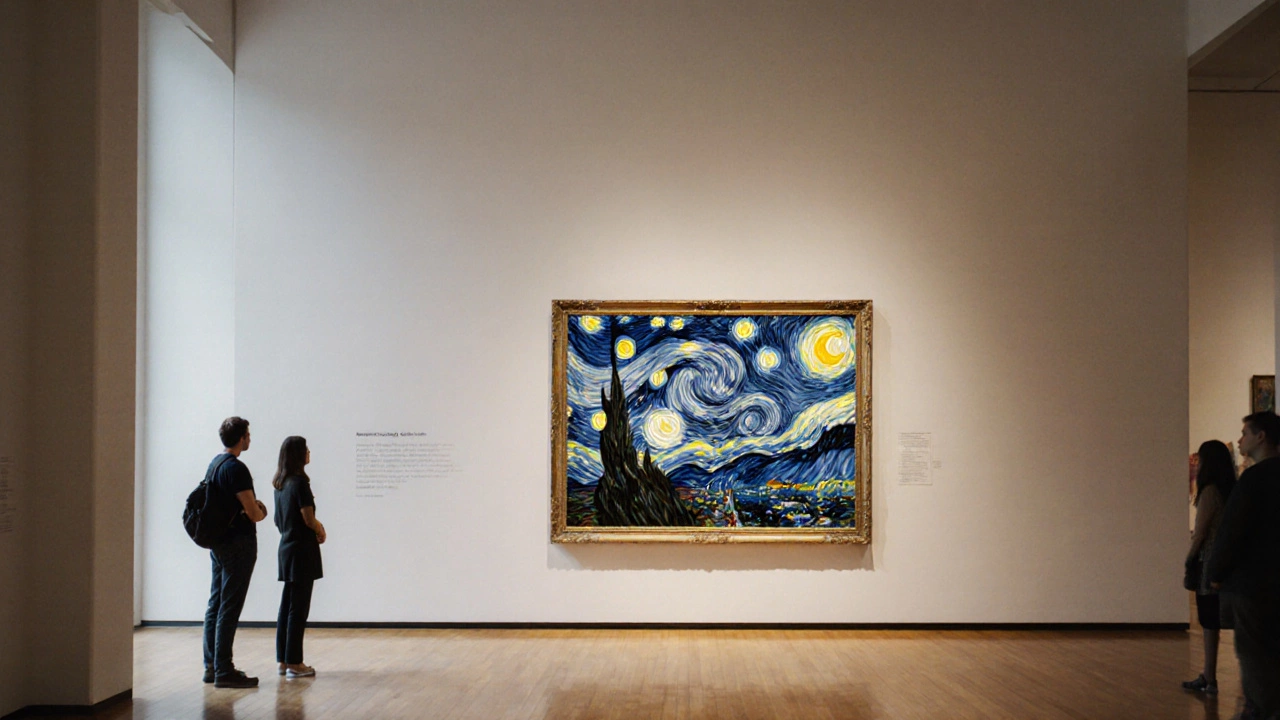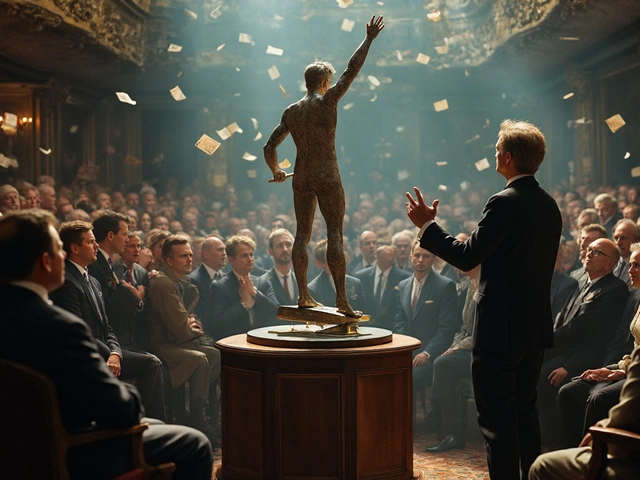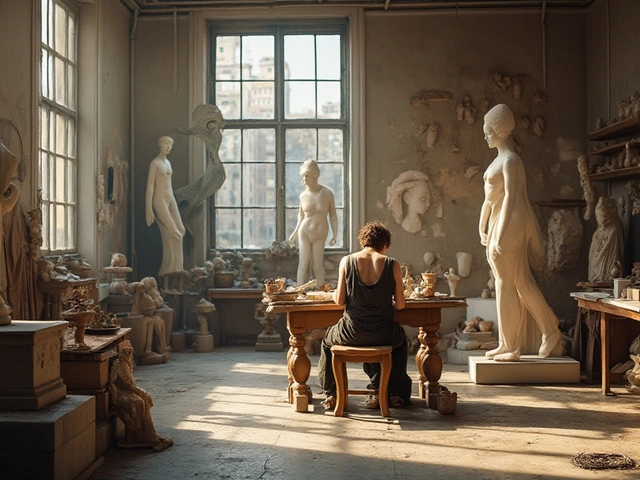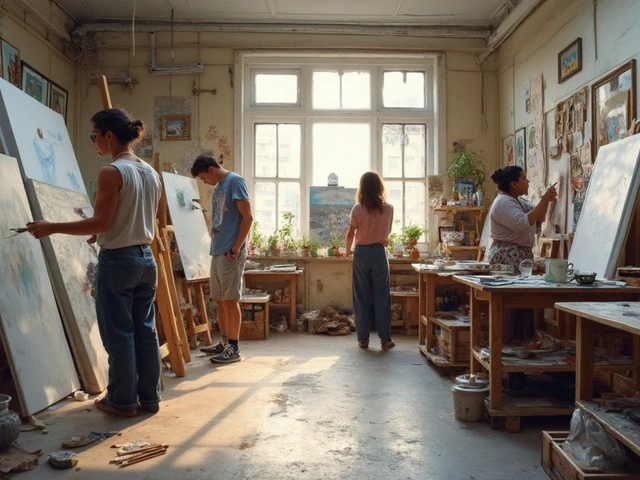Starry Night Public Domain Calculator
About Starry Night
Vincent van Gogh painted Starry Night in 1889. It entered the public domain in most countries in 1956, 70 years after his death in 1890.
Result:
Note: This tool shows the general calculation. Specific rules may vary by jurisdiction.
When you see Starry Night is a post‑impressionist masterpiece painted by Vincent van Gogh in 1889, you might assume it’s locked behind a hefty copyright fee. In reality the painting is freely usable because it lives in the public domain. This article explains exactly why the work isn’t protected, what that means for creators, and how the rules differ around the world.
Quick Take
- The painting entered the public domain in most countries in 1956, 70 years after van Gogh’s death.
- U.S. law treats works published before 1924 as public domain, so the image has been free to use here for decades.
- Public‑domain status lets anyone reproduce, sell, or remix the image without permission.
- Some museums add their own image‑rights contracts, but those rights cover the photograph, not the painting itself.
- Different regions have slightly different expiry dates; always check local rules before commercial use.
What Makes a Work Protected?
Copyright law grants creators an exclusive right to reproduce, distribute, and display their work for a limited period. The core elements are:
- Originality - the work must be the author’s own expression.
- Fixation - it must be captured in a tangible medium (canvas, film, digital file).
- Automatic protection - no registration is needed in most jurisdictions.
Once the statutory term expires, the work falls into the public domain, meaning anyone can use it without a license.
Why Starry Night Is No Longer Protected
Van Gogh died on July 29, 1890. Most modern copyright regimes calculate protection as the life of the author plus a set number of years. Here’s how the math works for the three biggest markets:
| Region | Term after author’s death | Public‑domain year for Starry Night |
|---|---|---|
| United States | Life + 70 years (for works published after 1978) - but works published before 1924 are automatically public domain | 1924 (the painting was first exhibited publicly in 1900, well before the 1924 cutoff) |
| European Union | Life + 70 years | 1960 (1890+70) |
| Canada | Life + 50 years (extended to 70 years for works published after 2022) | 1940 (1890+50) |
Because the painting was completed in 1889 and van Gogh died in 1890, the earliest expiration across the three regions is 1940 in Canada and 1960 in the EU. In the U.S., the work became public domain even earlier because it was first published before the 1924 threshold.
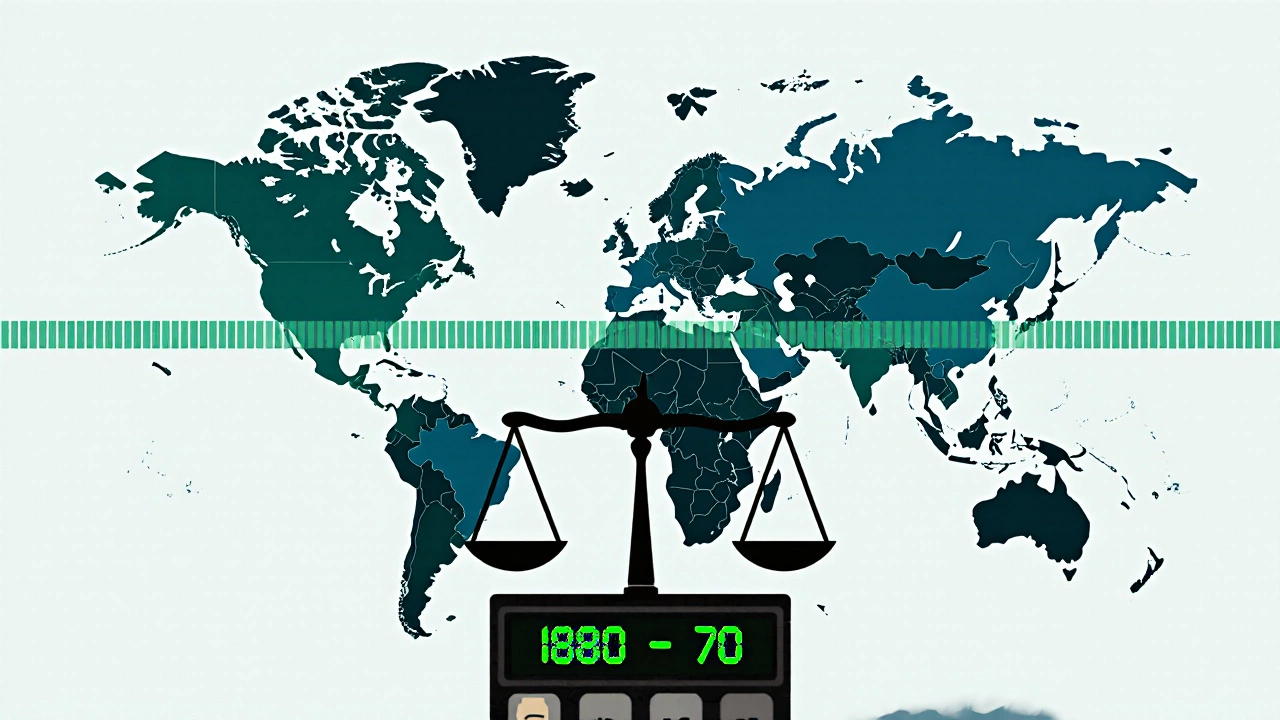
Does the Museum Own the Painting?
The original canvas resides at the Museum of Modern Art (MoMA) in New York. Museums own the physical object, not the underlying copyright. What they can control is the photograph they commission: a high‑resolution image taken under specific lighting conditions. That photograph is a separate work and may be subject to a licensing agreement.
In practice, MoMA releases its own digital reproductions under a Creative Commons license, but third‑party photos (e.g., from news outlets) might carry their own terms. Always check the image source before assuming it’s free to use.
How the Public‑Domain Status Affects You
Because the composition itself is free, you can:
- Print posters, T‑shirts, or mugs without paying royalties.
- Include the image in educational videos, blogs, or presentations.
- Remix the painting - add colors, overlay text, animate the night sky.
- Use it in commercial advertising, provided you respect any image‑specific contracts.
What you cannot do is claim you own the original painting or pass off a high‑quality photograph as your own creation. That could infringe the photographer’s rights, not van Gogh’s.
Common Misconceptions
1. ‘All famous artworks are public domain.’ Not true. Works created after the author’s death in the late 20th century (e.g., Picasso’s later pieces) are still under copyright.
2. ‘If a museum says the image is free, it’s always free.’ Museums may grant permission for the specific photograph they host, but independent photos may have separate licenses.
3. ‘Public domain means no attribution needed.’ Legally you don’t need to credit the author, but attribution is good practice and often required by the image provider’s license.
What to Do If You Need a High‑Resolution Image
- Start at MoMA’s official website. They often provide a downloadable file under a CC‑BY‑SA license - you’ll need to credit both MoMA and van Gogh.
- If you find a photo on a stock site, read the license carefully. Some stock photos of public‑domain works are sold under a separate commercial license.
- Consider creating your own photograph. Public institutions sometimes allow on‑site photography for non‑commercial use, which gives you full control over the image rights.
By following these steps you stay safely within the law while enjoying the freedom that the public domain offers.
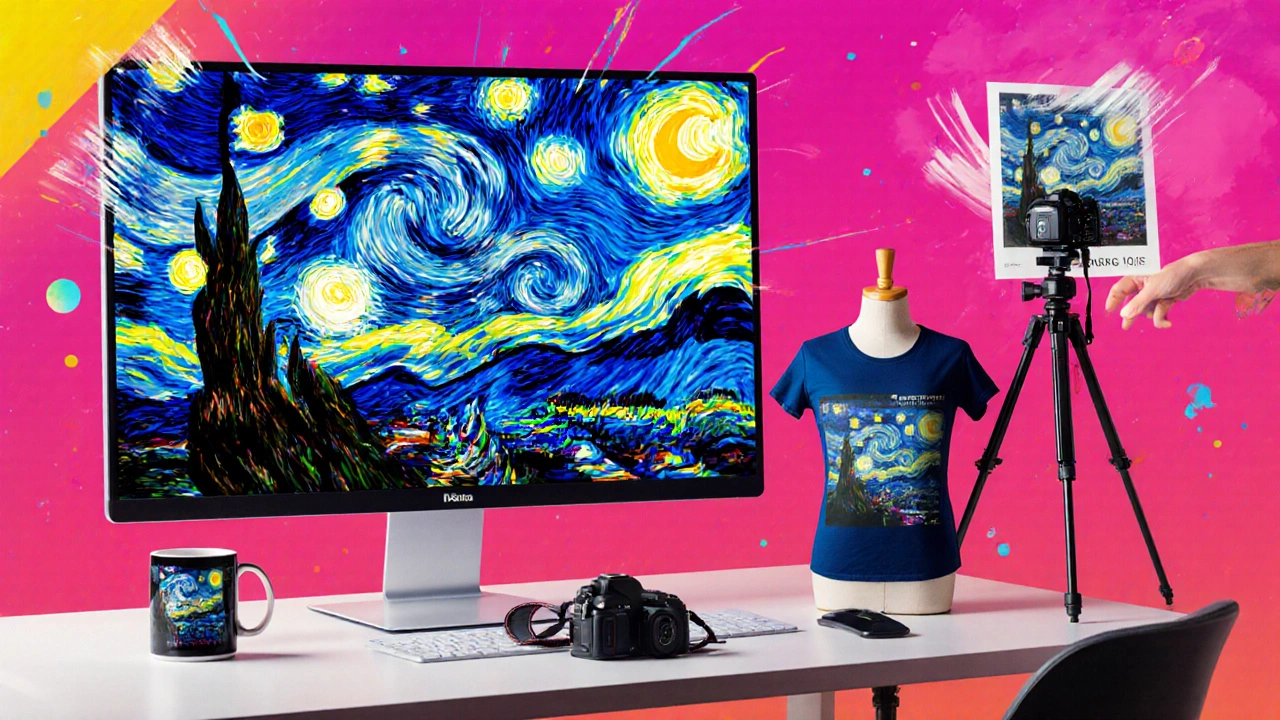
Frequently Asked Questions
Is Starry Night really free to use worldwide?
The underlying painting is in the public domain in all major jurisdictions because the copyright term has expired. However, specific photographs of the work may still be protected, so you must verify the image’s source.
Can I sell prints of Starry Night without paying royalties?
Yes, as long as you use a photograph that is either in the public domain or released under a license that permits commercial use. The royalty would go to the photographer, not to van Gogh’s estate.
Why do some websites still charge for a Starry Night image?
They are charging for the rights to a particular high‑resolution photograph, not for the painting itself. The photo is a separate copyrighted work.
Does the public‑domain status change if I modify the image?
Your modification creates a new derivative work, which you can copyright. The original elements remain public domain, so you can still share the base image freely.
How does Canadian law differ from U.S. law for public‑domain works?
Canada historically used a life‑plus‑50 rule, putting the painting in the public domain in 1940, earlier than the U.S. cutoff for pre‑1924 works. The end result is the same: the work is free to use, but the timeline differs.
